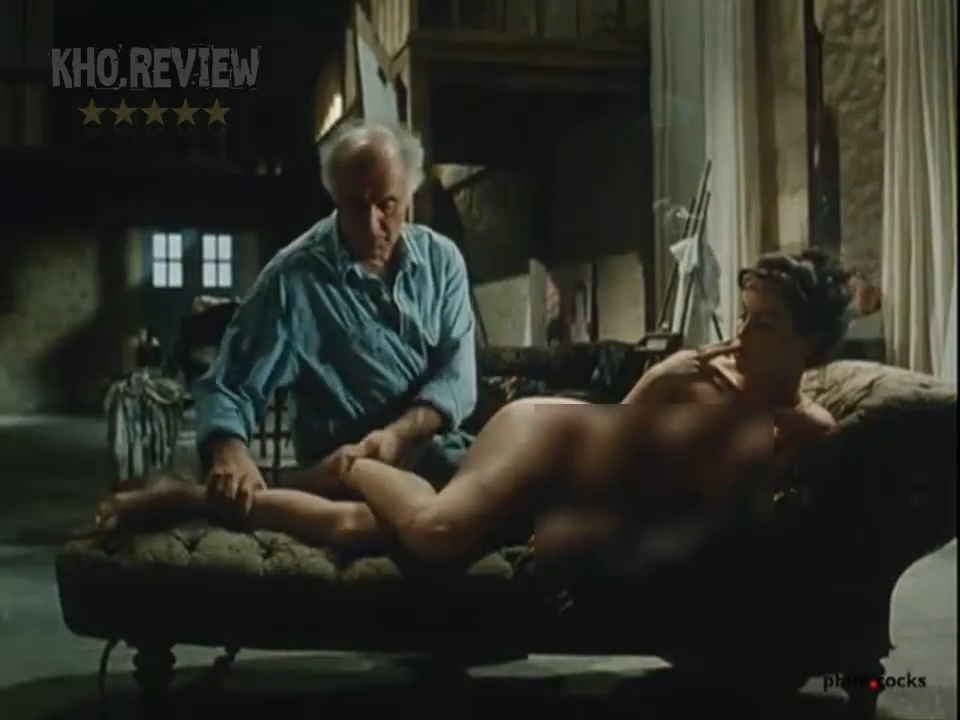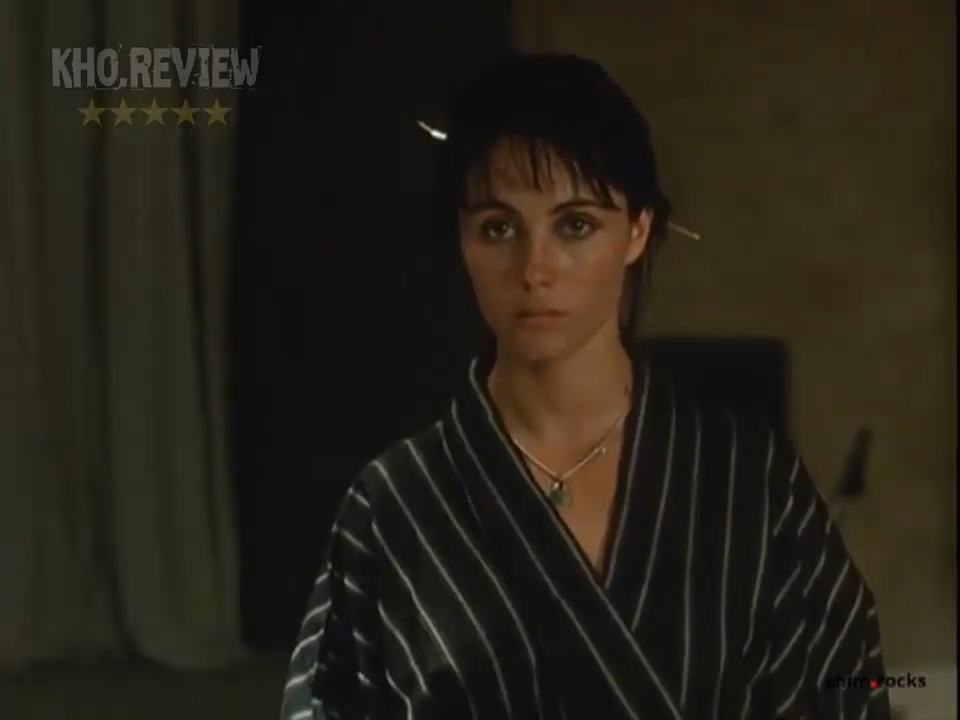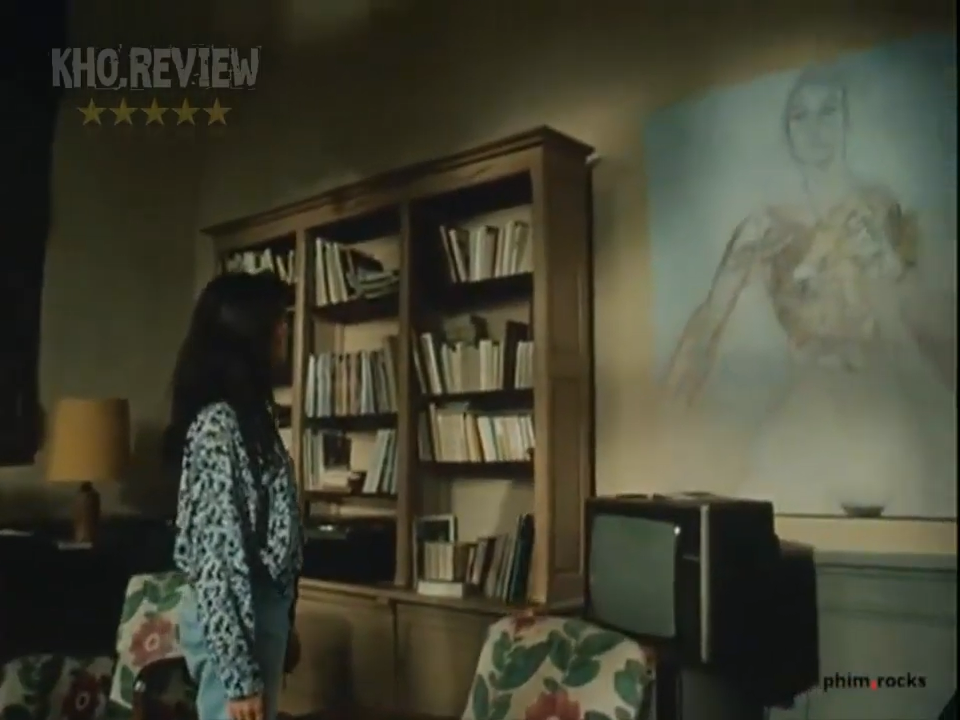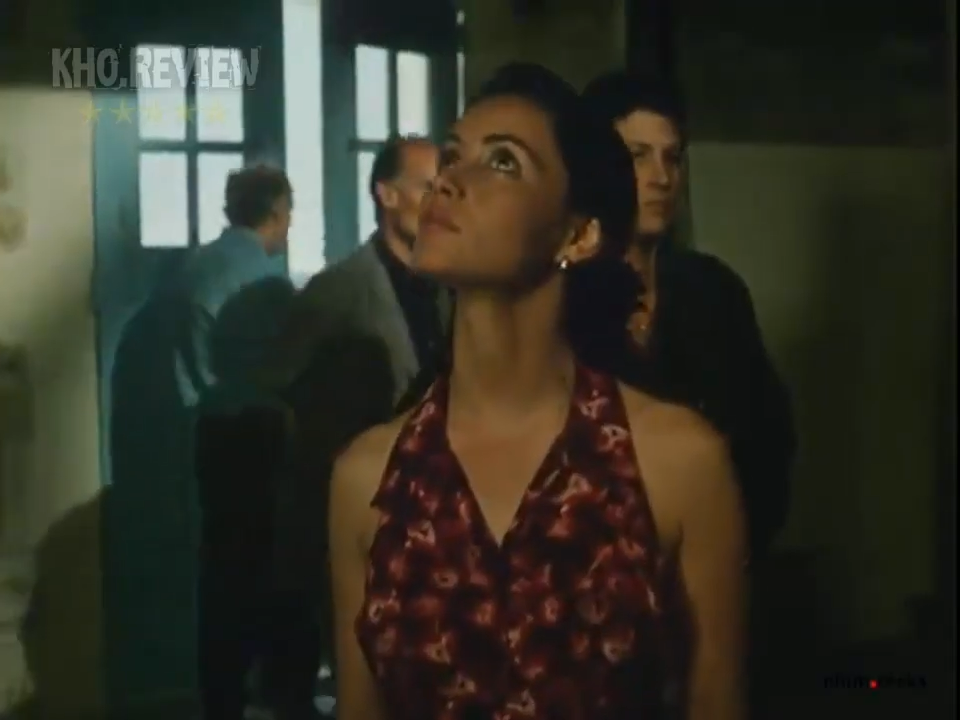La Belle Noiseuse (1991) – A Meditative Exploration of Art, Creation, and Human Complexity

Related Movies:
Jacques Rivette’s La Belle Noiseuse (1991) is a profound cinematic meditation on the intricate processes of creation, art, and the relationship between the artist and the muse. With a runtime of over four hours, Rivette immerses viewers into a world of patience, frustration, and artistic obsession. The film is a slow-burning narrative, one that refuses to hurry, focusing instead on the intense, sometimes excruciating experience of creating a masterpiece. It is, at its core, an exploration of the relationships that art demands—those between the artist and his medium, the artist and his subject, and ultimately between the artist and himself.
Loosely based on Honoré de Balzac’s short story The Unknown Masterpiece, La Belle Noiseuse reflects Rivette’s deep interest in the artistic process. It is a film that finds beauty not in the finished product, but in the act of creation itself. Its complex layers, both psychological and artistic, are peeled back slowly, allowing the viewer to engage in a dialogue about the nature of art, creativity, and human relationships. The film’s deliberate pacing, coupled with its rich thematic exploration, demands patience, but rewards the viewer with a rich, contemplative experience that resonates long after the credits roll.
A Journey Through Art and Creation
The film centers around Edouard Frenhofer (Michel Piccoli), a once-celebrated painter who has long retreated from the public eye. Frenhofer is a man consumed by his past, his unfinished masterpiece La Belle Noiseuse (“The Beautiful Troublemaker”) looming large in his life. This painting, which has remained a work in progress for years, is a symbol of Frenhofer’s artistic ambitions and frustrations. The painting is never fully realized, just as Frenhofer himself is trapped in a state of stasis—unable to finish his work, unable to move beyond it. His withdrawal from the world of art is not merely a physical retreat but a psychological one as well. The film begins with Frenhofer’s contemplation of this unfinished work, establishing his profound disconnect from his former glory.
However, the arrival of a young painter named Nicolas (David Bursztein) and his girlfriend Marianne (Emmanuelle Béart) sparks a dramatic shift. Nicolas, eager to learn from the legendary Frenhofer, brings Marianne along, unwittingly introducing her as the catalyst that will reignite Frenhofer’s obsession with his masterpiece. It is in Marianne that Frenhofer sees the potential to complete his work. The aging artist, once resigned to his failure, finds new inspiration in her youthful beauty and spirit. For Frenhofer, Marianne represents more than just a model—she becomes the vehicle for his artistic redemption, an opportunity to breathe life into his lost masterpiece.
Initially reluctant, Marianne agrees to pose for Frenhofer. Her decision to participate in his creative process sets in motion a series of intimate and intense art sessions that form the bulk of the film. As the sessions progress, it becomes clear that the act of creating art is not merely about representation but about the emotional and psychological unraveling of both the artist and the subject.
The Physical Act of Creation
One of the most striking aspects of La Belle Noiseuse is its emphasis on the physicality of the artistic process. Rivette’s camera lingers on the act of drawing, sketching, and painting, capturing the slow, deliberate movements of Frenhofer as he works. These sequences, which can span minutes or even hours, give the audience an intimate view into the painstaking and often tedious nature of creating art. Unlike the glamorous depictions of artists in popular culture, where painting is often romanticized as a flash of inspiration or a moment of artistic brilliance, Rivette presents a more grounded and realistic portrayal of the artistic process—one that is filled with frustration, mistakes, and the constant reworking of ideas.
The camera, much like the artist, takes its time. It does not rush through the act of painting but dwells on it, forcing the viewer to experience it in real-time. This extended focus on the mundane yet essential aspects of art—mixing paints, making corrections, examining the model’s form—adds a layer of realism to the film. In doing so, Rivette emphasizes that the true beauty of creation lies not in the final product, but in the process itself. The film’s pacing reflects this, as it allows the viewer to experience the passage of time in a way that mirrors the experience of the artist. There is no quick gratification; instead, there is only the slow, methodical progression towards an uncertain end.
The Complex Dynamics Between Artist and Muse
At the heart of La Belle Noiseuse is the relationship between Frenhofer and Marianne. Their collaboration is fraught with tension and unspoken emotions, a delicate dance between power, vulnerability, and desire. Initially, Marianne seems somewhat detached from the process, a passive subject who is there merely to serve Frenhofer’s artistic vision. However, as the sessions continue, she begins to assert her own agency. Marianne is no longer just a muse, but an active participant in the creation of the painting. Her presence challenges Frenhofer’s assumptions about art and beauty, forcing him to confront his own limitations and frustrations.
The film delves into the psychological intricacies of this relationship. As Frenhofer works, he is not just painting Marianne’s image; he is trying to capture something deeper, something that transcends mere representation. He is seeking the essence of Marianne, and in doing so, he begins to reveal his own inner turmoil. For Frenhofer, art is an act of control, but it is also an act of vulnerability. In painting Marianne, he exposes his own insecurities, his unresolved desires, and his fear of failure. The act of creating becomes a way of confronting the artist’s own internal struggles, a way of grappling with the passage of time and the inevitable decline of artistic ability.
Marianne, on the other hand, undergoes her own transformation throughout the film. Initially hesitant and somewhat unsure of her role as the subject of Frenhofer’s work, she eventually embraces the process. But as the sessions become more intense and prolonged, her relationship with Frenhofer grows more complicated. She is no longer just a passive muse, but an active participant in the creation of the painting. At times, she seems to challenge Frenhofer’s authority, pushing back against his demands and the psychological weight of his gaze. In doing so, she asserts her own agency, forcing Frenhofer to acknowledge that art is not a one-way street. It is not just about the artist imposing his vision on the subject; it is also about the subject’s ability to influence and shape the creation.
Psychological and Emotional Complexity
Beyond its exploration of art, La Belle Noiseuse is also a psychological and emotional study of its characters. Rivette’s film is a deep dive into the complexities of human relationships, particularly those between men and women. Frenhofer’s obsession with his painting is mirrored by his obsession with Marianne, and the dynamics of power, control, and submission are constantly at play. There is a palpable tension between the characters, not just in terms of their roles as artist and muse, but in their personal histories and desires.
Marianne’s relationship with Nicolas also adds another layer of emotional depth to the story. As Nicolas watches Frenhofer work, he becomes increasingly concerned about the toll the process is taking on Marianne. He is also faced with his own feelings of inadequacy and jealousy, as he realizes that Frenhofer’s artistic genius, which he once admired, comes at the cost of Marianne’s emotional well-being. This dynamic further complicates the relationship between the characters, creating an atmosphere of tension and unease that permeates the entire film.
The Unfinished Masterpiece
At its core, La Belle Noiseuse is a meditation on the nature of artistic ambition and the unfinished masterpiece. Frenhofer’s obsession with completing La Belle Noiseuse is symbolic of his struggle to capture something elusive, something beyond the grasp of mere representation. The painting, much like Frenhofer himself, remains incomplete. It is a work that is perpetually in the process of being made, but never fully realized. This notion of the unfinished masterpiece mirrors the film’s approach to storytelling, where there is no clear resolution, no final, definitive statement about art or the artist.
In the end, La Belle Noiseuse refuses to offer a neat conclusion. The film’s open-ended nature allows for multiple interpretations, inviting viewers to reflect on the meaning of art, creation, and the relationships that underpin them. The painting, much like the film itself, is left incomplete, a work in progress that reflects the complexities of human experience.
Conclusion: A Masterpiece of Cinema
La Belle Noiseuse is a masterful work of cinema, a film that invites its audience to slow down and engage with the process of creation in all its raw, unfiltered complexity. Rivette’s patient, deliberate filmmaking immerses viewers in the physical and emotional realities of artistic creation, offering a rare and profound look into the intimate world of the artist. The film’s exploration of the relationship between artist and muse, its psychological depth, and its meditative approach to storytelling make it a remarkable achievement in world cinema. For those willing to invest the time and attention required, La Belle Noiseuse offers a rewarding and transformative experience—one that lingers long after the final frame.











